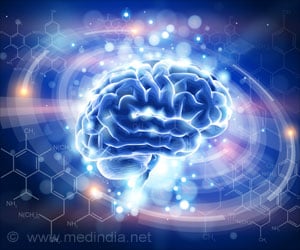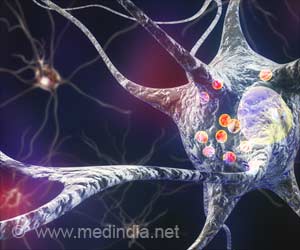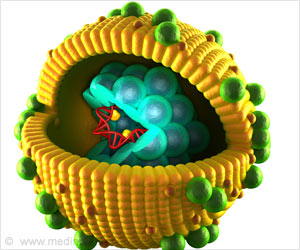By combining two promising nanomaterials into a new superstructure, a nanoscale device is developed, which could mimic the neural pathways of brain cells used for human vision.

‘By combining two promising nanomaterials into a new superstructure, a nanoscale device is developed, which could mimic the neural pathways of brain cells used for human vision.
’





Thomas led the research in collaboration with Tania Roy, an assistant professor in UCF's NanoScience Technology Center, and others at UCF's NanoScience Technology Center and the Department of Materials Science and Engineering.Roy said a potential use for the technology is for drone-assisted rescues. "Imagine a drone that can fly without guidance to remote mountain sites and locate stranded mountaineers," Roy said. "Today, it is difficult since these drones need connectivity to remote servers to identify what they scan with their camera eye. Our device makes this drone truly autonomous because it can seem just like a human."
"Earlier research created a camera that captured the image and sent it to a server to be recognized, but our group created a single device that mimics the eye and the brain function together," she said. "Our device can observe the image and recognize it on the spot."
The trick to the innovation was growing nanoscale, light-sensitive perovskite quantum dots on the two-dimensional, atomic thick nanomaterial graphene. This combination allows the photoactive particles to capture light, convert it to electric charges and then have the charges directly transferred to the graphene, all in one step. The entire process takes place on an extremely thin film, about one-ten thousandths of the thickness of a human hair.
Basudev Pradhan, who was a Bhaskara Advanced Solar Energy fellow in Thomas' lab and is currently an assistant professor in the Department of Energy Engineering at the Central University of Jharkhand in India, and Sonali Das, a postdoctoral fellow in Roy's lab, are shared first authors of the study.
Advertisement
Das said there are also potential defense applications.
Neuromorphic computing is a long-standing goal of scientists in which computers can simultaneously process and store information, like the human brain does, for example, to allow vision. Currently, computers store and process information in separate places, which ultimately limits their performance.
To test their device's ability to see objects through neuromorphic computing, the researchers used it in facial recognition experiments, Thomas said.
"The facial recognition experiment was a preliminary test to check our optoelectronic neuromorphic computing," Thomas said. "Since our device mimics vision-related brain cells, facial recognition is one of the most important tests for our neuromorphic building block."
They found that their device was able to successfully recognize the portraits of four different people.
The researchers said they plan to continue their collaboration to refine the device, including using it to develop a circuit-level system.
Source-Eurekalert













